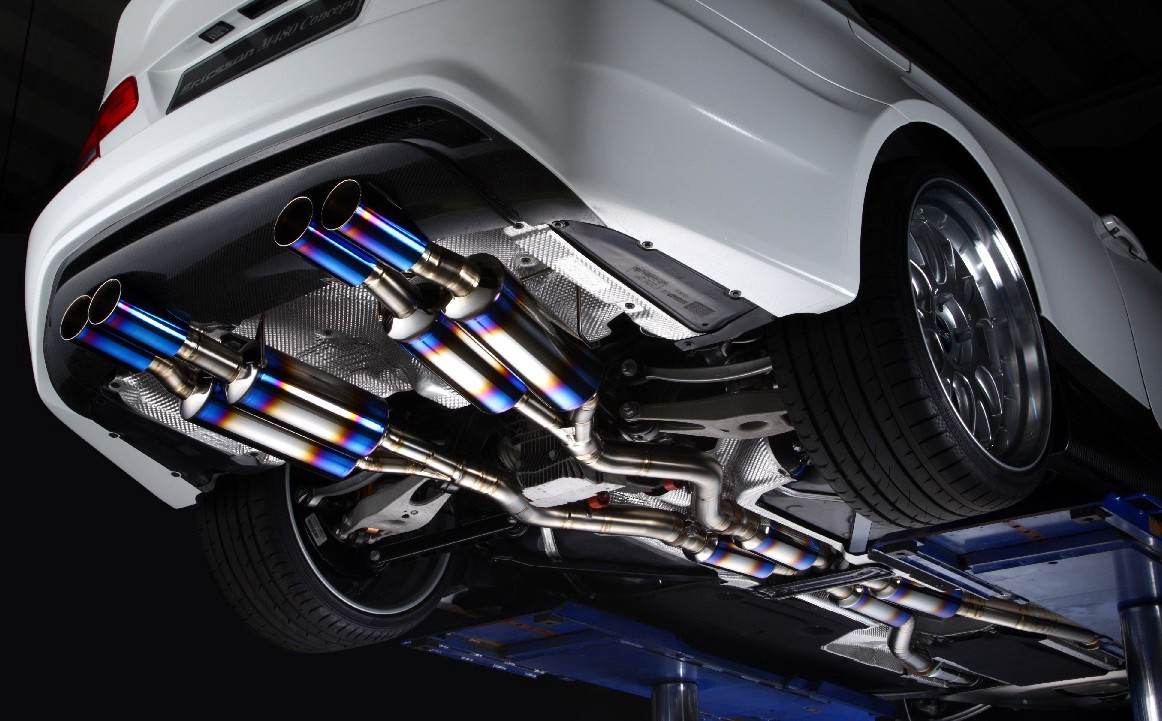Introduction
Having your car repaired is an essential part of vehicle ownership. However, sometimes, despite the best efforts of the mechanic, you may find yourself unsatisfied with the car repairs or services provided. Whether it’s a recurring issue, incomplete repair, or subpar workmanship, it’s essential to know how to address the situation professionally and effectively. This guide aims to equip both car owners and mechanics with practical steps to handle unsatisfied customers and achieve satisfactory outcomes. Regas car aircon refers to the process of refilling or recharging the refrigerant in a vehicle’s air conditioning system to maintain its cooling efficiency and performance.
Things to Consider If You Are Unsatisfied
Know Your Consumer Rights:
As an automobile owner, you have some consumer rights. Learn about the warranty procedures, legal requirements, and consumer protection laws that apply in your area to auto repairs. You will be more equipped to make wise decisions and find appropriate responses to conflicts with this knowledge.
Request a Reinspection:
If the issues persist after the initial repair, request a reinspection of your vehicle. Some reputable repair shops offer a limited warranty period on their work. Utilize this period to get the repairs reevaluated without incurring additional costs.
Active Communication:
The key to any successful resolution is effective and clear communication. It’s critical for you as a technician to establish clear lines of contact with your clients right away. Be proactive in outlining the repair process, associated costs, and likely results. Any issues or queries the client may have will be addressed, and reasonable expectations will be given.
Contact Industry Regulatory Bodies:
If the mechanic’s negligence or unethical practices persist, consider reaching out to industry regulatory bodies or consumer protection agencies. They can offer guidance and may investigate complaints against the repair shop.
Check for Professional Certifications:
Ensure that the mechanic and the repair shop hold the necessary certifications and licenses to perform the repairs. Certified mechanics are more likely to uphold professional standards and adhere to industry best practices.
Diagnose and Document:
Before initiating any repairs, conduct a thorough diagnosis to identify the root cause of the issue. Document the findings, including photographs if possible, to create a clear record of the problem. This documentation will serve as evidence if the customer raises concerns later.
Seek a Second Opinion:
If you remain unsatisfied with the mechanic’s response, consider seeking a second opinion from another qualified mechanic. Ensure that you share all the details of the initial repairs and the problems you are experiencing. A fresh perspective might provide valuable insights and options for resolving the issues.
Set Realistic Expectations:
As a mechanic, it’s essential to set realistic expectations with your customers. Inform them about the limitations of the repair process, the possibility of unforeseen issues, and the expected results. This transparency will help manage their expectations and reduce the likelihood of dissatisfaction.
Implement Quality Control Measures:
To ensure your repairs meet high standards, implement quality control measures throughout the repair process. Conduct regular inspections to check for completeness and accuracy. Encourage feedback from both customers and colleagues to identify areas for improvement.
Address Customer Concerns Promptly:
If a customer expresses dissatisfaction with the repair, address their concerns promptly and respectfully. Listen actively to their grievances, and avoid becoming defensive.
Re-Evaluate and Re-Inspect:
If the customer’s concern is valid, re-evaluate the initial diagnosis and re-inspect the car if necessary. Involve the customer in this process, explaining what you are doing and why. This will help rebuild trust and demonstrate your commitment to finding a satisfactory resolution.
Offer Reasonable Solutions:
After re-evaluation, propose reasonable solutions to rectify the issue. This could involve re-doing the repair, offering a partial or full refund, or providing an alternative solution that meets the customer’s needs. Be transparent about the options and the possible outcomes of each.
Go the Extra Mile:
Sometimes, offering a gesture of goodwill can go a long way in restoring customer satisfaction. Consider offering a discount on future repairs, a complimentary service, or an extended warranty to demonstrate your commitment to customer satisfaction.
Learn from the Experience:
Use every unsatisfactory repair as a learning opportunity for yourself and your team. Analyze what went wrong, identify areas for improvement, and implement necessary changes to prevent similar issues in the future.
Addressing Online Reviews:
In the age of digital communication, customers often turn to online platforms to share their experiences. If a customer leaves a negative review, respond professionally and empathetically. Acknowledge their concerns, apologize for any inconvenience caused, and invite them to discuss the issue offline to find a resolution.
Conclusion
Unsatisfied customers are an inevitable aspect of the automotive repair industry. As a mechanic, it’s crucial to approach these situations with empathy, professionalism, and a commitment to finding satisfactory solutions. By actively communicating, implementing quality control measures, and addressing concerns promptly, you can build trust with your customers and maintain a positive reputation for your business. Remember, handling dissatisfaction effectively can turn a negative experience into an opportunity to demonstrate exceptional customer service and reinforce your expertise in car repairs.











“Classic Car Rental” is a service that caters to enthusiasts and those seeking a unique driving experience. It allows customers to rent vintage and iconic automobiles, evoking a sense of nostalgia and style. These rentals typically offer an array of classic car rental vehicles from different eras, such as vintage convertibles, muscle cars, and timeless classics. Customers can relish the thrill of cruising in meticulously maintained, beautifully restored cars, often used for special occasions like weddings, photo shoots, or memorable road trips. Classic car rental services provide a chance to turn back the clock and enjoy the glamour and elegance of a bygone era, making any event truly exceptional.